Arctic Rose Nectarine Care: What Is An Arctic Rose Nectarine
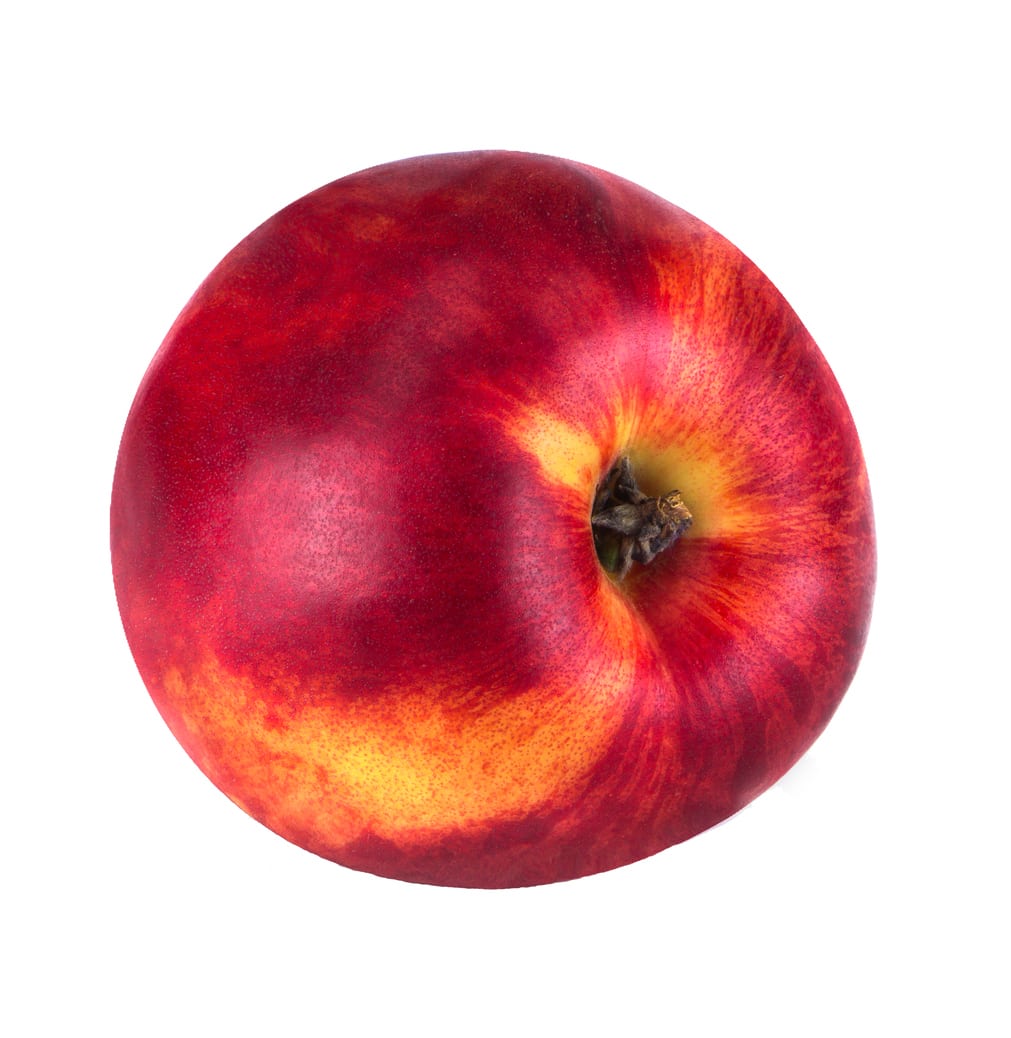

With a name like “Arctic Rose” nectarine, this is a fruit that makes lots of promises. What is an Arctic Rose nectarine? It is a delicious, white-fleshed fruit that can be eaten when crunchy-ripe or soft-ripe. If you are considering growing peaches or nectarines in a backyard orchard, Arctic Rose white nectarine is a great place to start. Read on for information about this interesting cultivar, plus tips on Arctic Rose nectarine care.
About Nectarine ‘Arctic Rose’
Has it ever occurred to you that a nectarine tastes like a peach without fuzz? Well that hunch was right. Genetically, the fruits are identical, although individual cultivars may look or taste different. Nectarine ‘Arctic Rose’ (Prunus persica var. nucipersica) is one cultivar that both looks and tastes different from other peaches and nectarines. What is an Arctic Rose nectarine? It is a freestone fruit with white flesh. The fruit is bright red in color, and extremely firm in texture when first ripe. Eaten just ripe, the fruit is very crunchy with an exceptionally sweet taste. As it continues to ripen, it gets sweeter and softer.
Arctic Rose Nectarine Care
Peaches and nectarines are a real treat picked from your own tree, but they are not “plant and forget” fruit trees. You’ll have to be ready to work hard to keep your trees happy and healthy. To get high-quality fruit, you’ll need to plant your tree in a good site with direct sunshine and well-draining soil. You’ll also have to deal with pests and diseases that can attack the trees. Worse, you can lose your crop to flower bud kill from low winter temperatures or to bloom kill by late-spring frosts. Your best bet is to choose bud-hardy cultivars and protect the flowers from frosts – like Arctic Rose. If you are considering planting a nectarine Arctic Rose nectarine, the tree requires between 600 and 1,000 chilling hours (below 45 F./7 C.). It thrives in U.S. Department of Agriculture plant hardiness zones 6 through 9. The tree grows to 15 feet (5 m.) in both directions and requires the same intensive, open-center pruning as peach trees do. This allows the sun to get inside the canopy. The Arctic Rose white nectarine tree requires a moderate amount of water. As long as the soil drains well, it’s best to keep the soil somewhat moist.
Gardening tips, videos, info and more delivered right to your inbox!
Sign up for the Gardening Know How newsletter today and receive a free copy of our e-book "How to Grow Delicious Tomatoes".

Teo Spengler is a master gardener and a docent at the San Francisco Botanical Garden, where she hosts public tours. She has studied horticulture and written about nature, trees, plants, and gardening for more than two decades. Her extended family includes some 30 houseplants and hundreds of outdoor plants, including 250 trees, which are her main passion. Spengler currently splits her life between San Francisco and the French Basque Country, though she was raised in Alaska, giving her experience of gardening in a range of climates.
-
 Get Ready For A Summer Of Hummers! Grow These Full Sun Hummingbird Plants and Flowers
Get Ready For A Summer Of Hummers! Grow These Full Sun Hummingbird Plants and FlowersIf you’re lucky enough to enjoy a sunny backyard, make sure you are maxing out on your pollinator opportunities and grow these full sun hummingbird plants and flowers
By Tonya Barnett
-
 12 Lush Alternatives To A Lawn For Sustainable Spaces
12 Lush Alternatives To A Lawn For Sustainable SpacesAlternatives to a lawn are beautiful and also beneficial to your local ecosystem and its pollinators. Explore our top picks for plants to replace grass.
By Tonya Barnett
-
Panamint Nectarine Fruit: Caring For Panamint Nectarine Trees
Panamint nectarine trees are very adaptable for home gardens and produce fruit with an excellent flavor. For more information about Panamint nectarine fruit, plus tips on caring for Panamint nectarines, the following article will help.
By Teo Spengler
-
Southern Belle Nectarines: Learn About Southern Belle Tree Care
If you love peaches but don’t have a landscape that can sustain a larger tree, try growing a Southern Belle nectarine. With its fairly diminutive height, the nectarine ‘Southern Belle’ can be container grown easily. Learn more about this fruit tree in the following article.
By Amy Grant
-
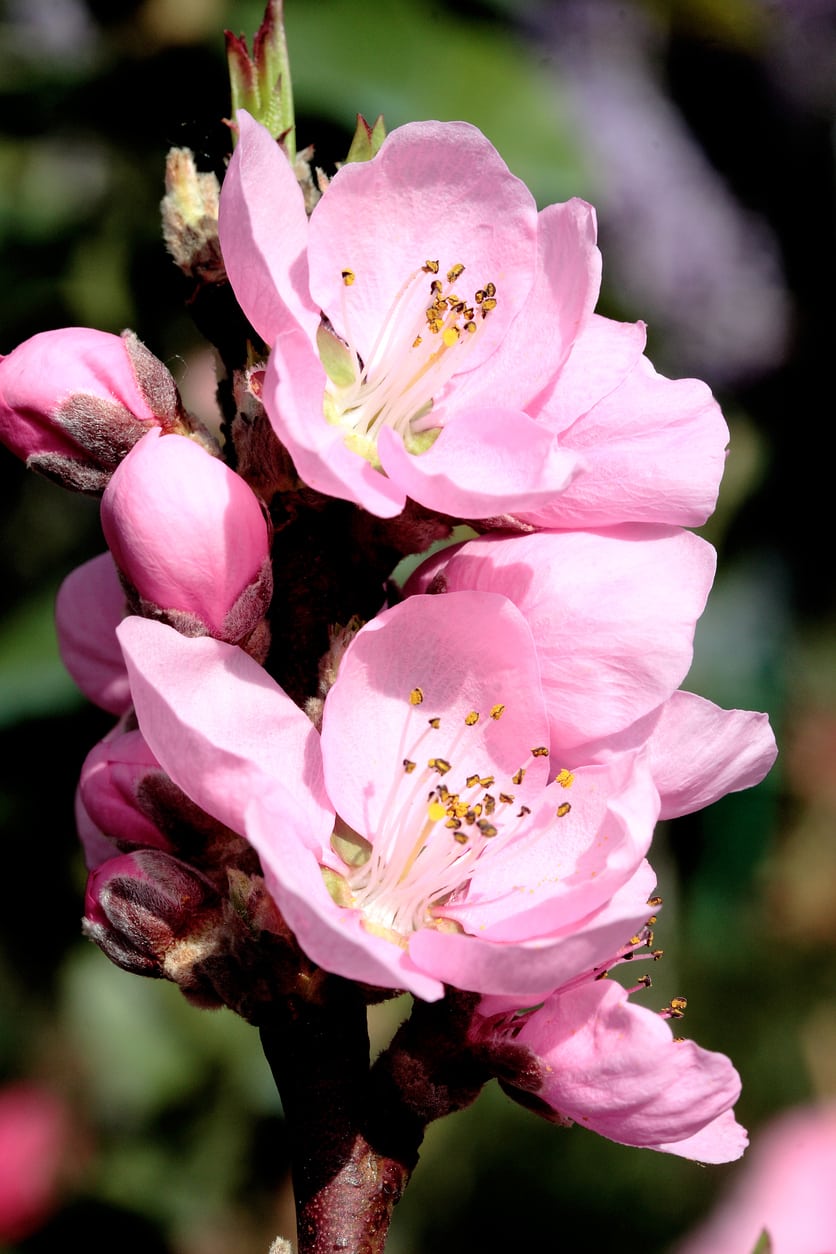 Nectar Babe Nectarine Info – Growing A Nectarine ‘Nectar Babe’ Cultivar
Nectar Babe Nectarine Info – Growing A Nectarine ‘Nectar Babe’ CultivarAccording to Nectar Babe nectarine information, these are natural dwarf trees, but grow full-size, luscious fruit. You can start growing Nectar Babe nectarines in containers or in the garden. Click here for info on these unique trees plus tips on planting.
By Teo Spengler
-
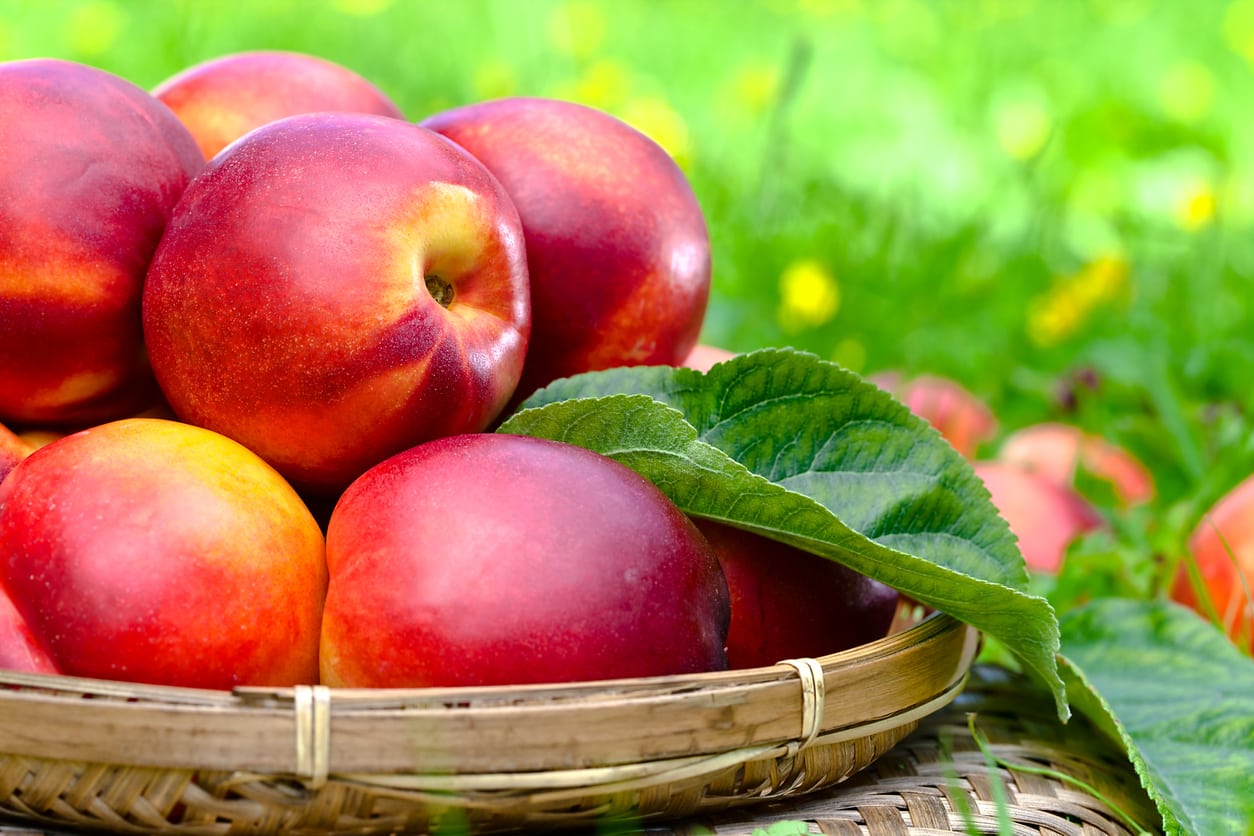 Harko Nectarine Care: How To Grow A Harko Nectarine Tree
Harko Nectarine Care: How To Grow A Harko Nectarine TreeThe Harko nectarine is a Canadian variety high on taste and cold tolerant. If you want to grow this nectarine tree, it’s important to have some facts at your fingertips. Click here for information about growing Harko nectarines and tips about Harko nectarine care.
By Teo Spengler
-
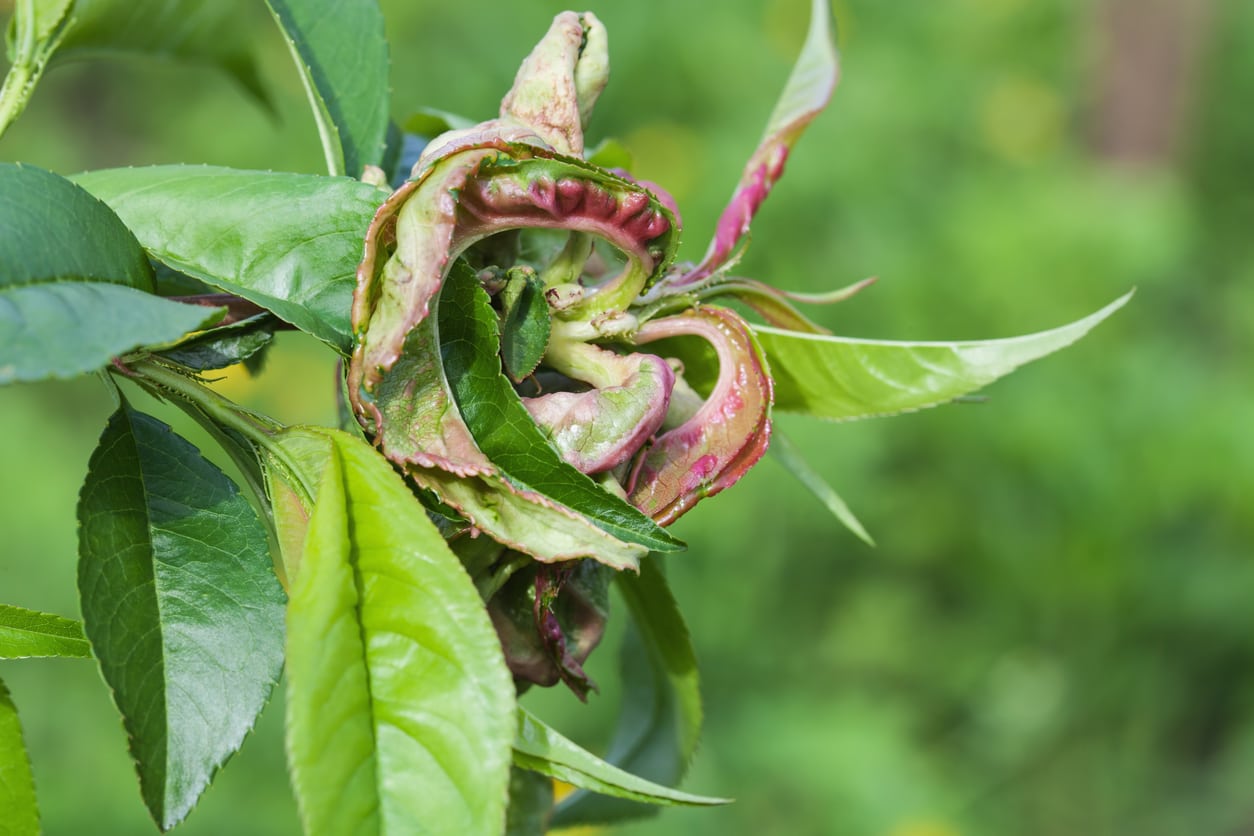 Diseases Of Nectarines: How To Spot Common Nectarine Diseases
Diseases Of Nectarines: How To Spot Common Nectarine DiseasesNectarine disease symptoms may not be readily apparent, and you may have to do some serious observation to locate issues. Others are visually evident and not hard to identify. If your nectarine tree is looking or performing differently than in years past, this article can help.
By Becca Badgett
-
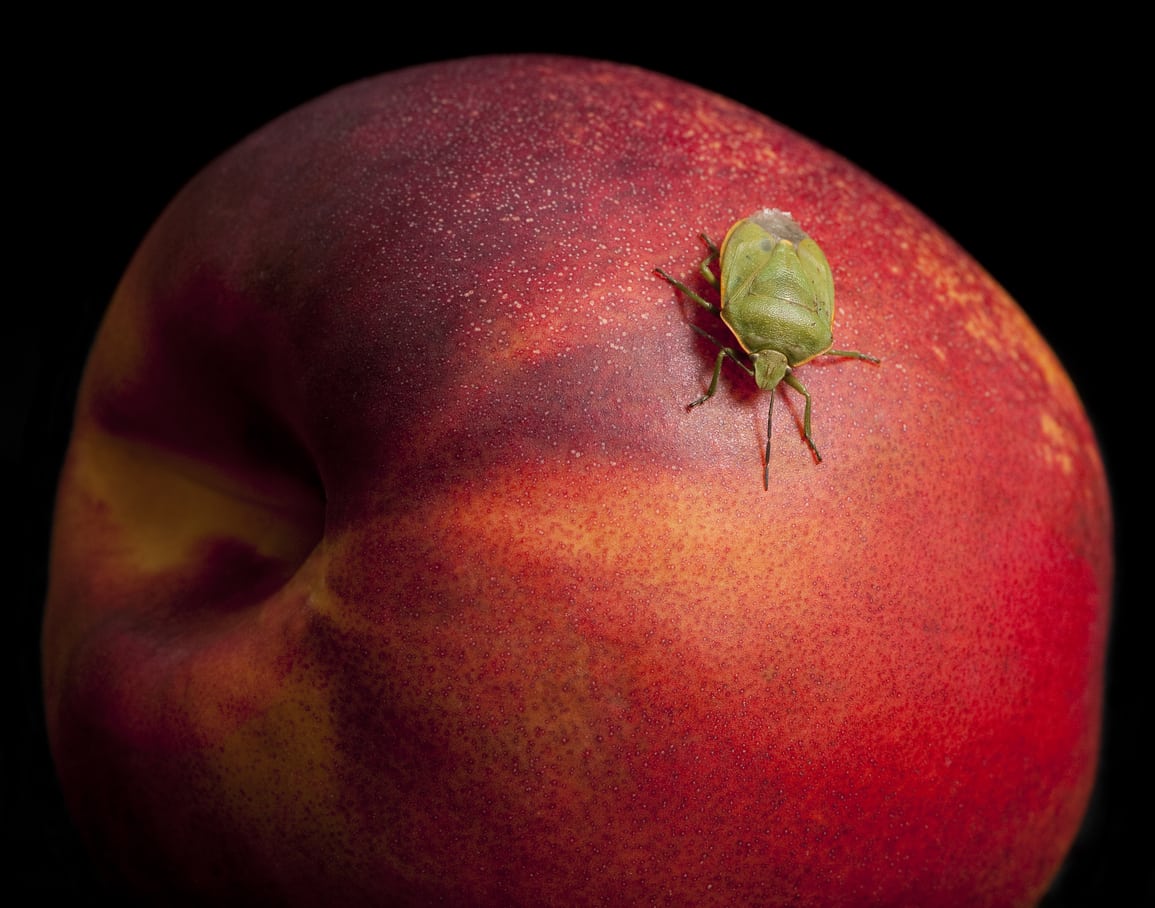 Bugs That Eat Nectarines – Tips For Controlling Nectarine Pests In Gardens
Bugs That Eat Nectarines – Tips For Controlling Nectarine Pests In GardensNectarines and peaches are often used interchangeably in cooking. Not surprisingly, both often face the same pests in the garden. Controlling nectarine pests in the home orchard will help to maintain plant vigor and prevent future pest problems. Learn more here.
By Tonya Barnett
-
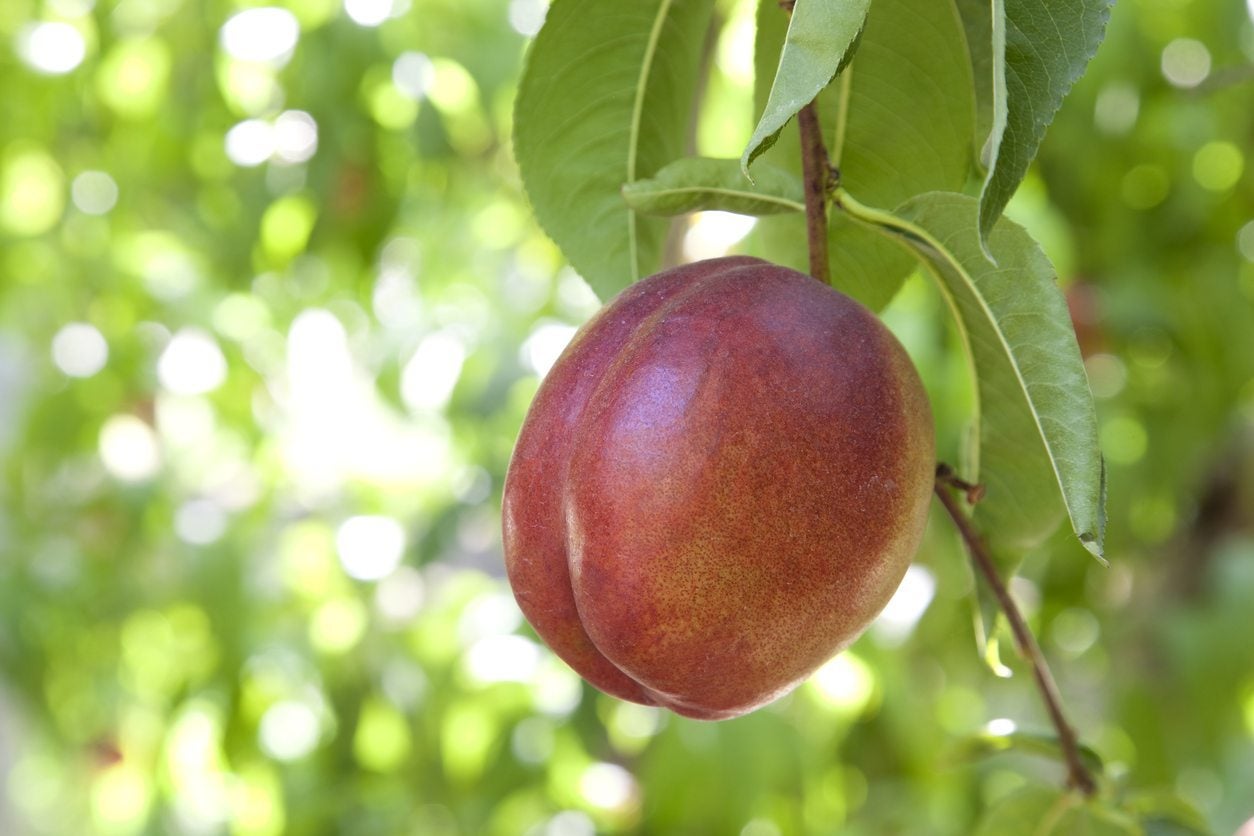 Nectarine Tree Not Fruiting – How To Get Fruit On Nectarine Trees
Nectarine Tree Not Fruiting – How To Get Fruit On Nectarine TreesGetting no fruit on the nectarine trees? If there are no obvious diseases or insect pests, why is the nectarine tree not fruiting? There are quite a few reasons for a fruitless nectarine tree. Find out how to get fruit on nectarine trees in this article.
By Amy Grant
-
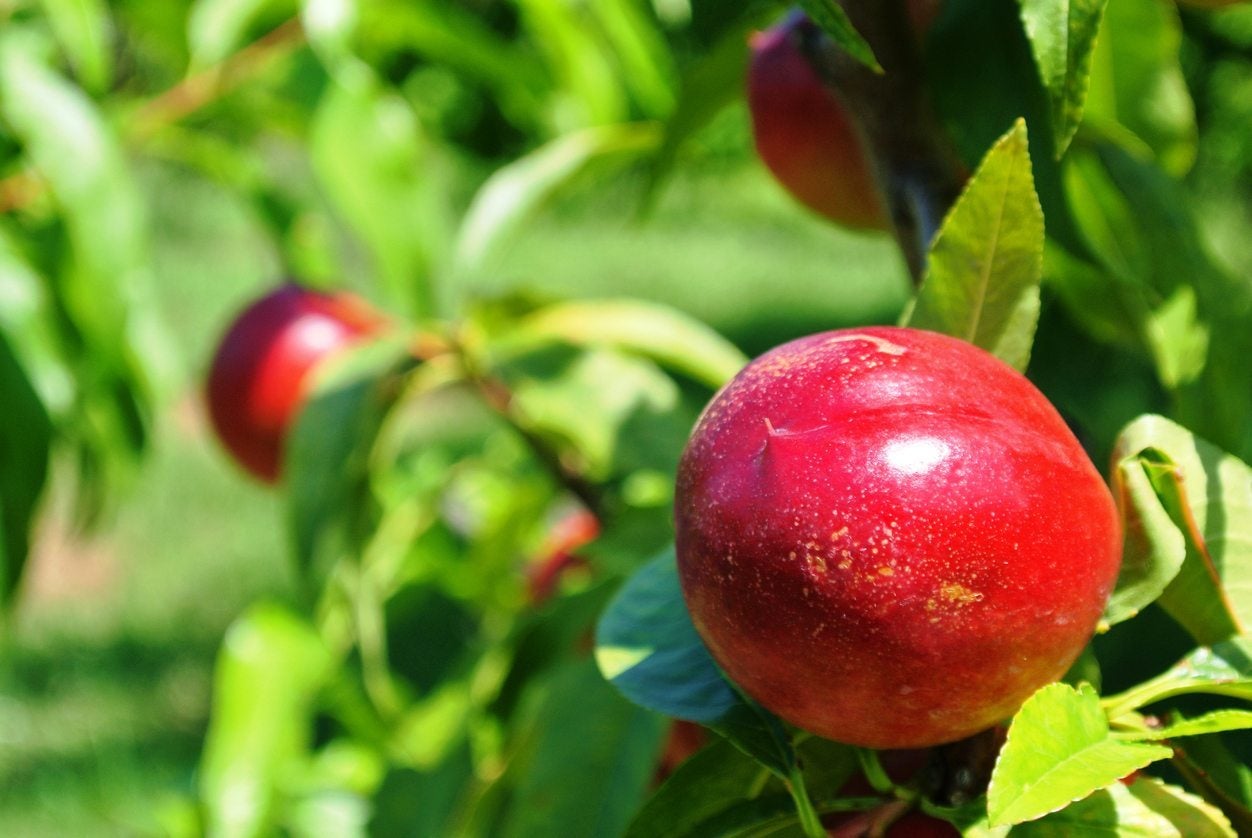 Pruning A Nectarine Tree – Learn How To Prune Nectarine Trees
Pruning A Nectarine Tree – Learn How To Prune Nectarine TreesPruning a nectarine is an important part of taking care of the tree. There are a number of reasons for cutting back a nectarine tree each with a specific purpose. This article will help with the ins and outs of nectarine pruning.
By Amy Grant